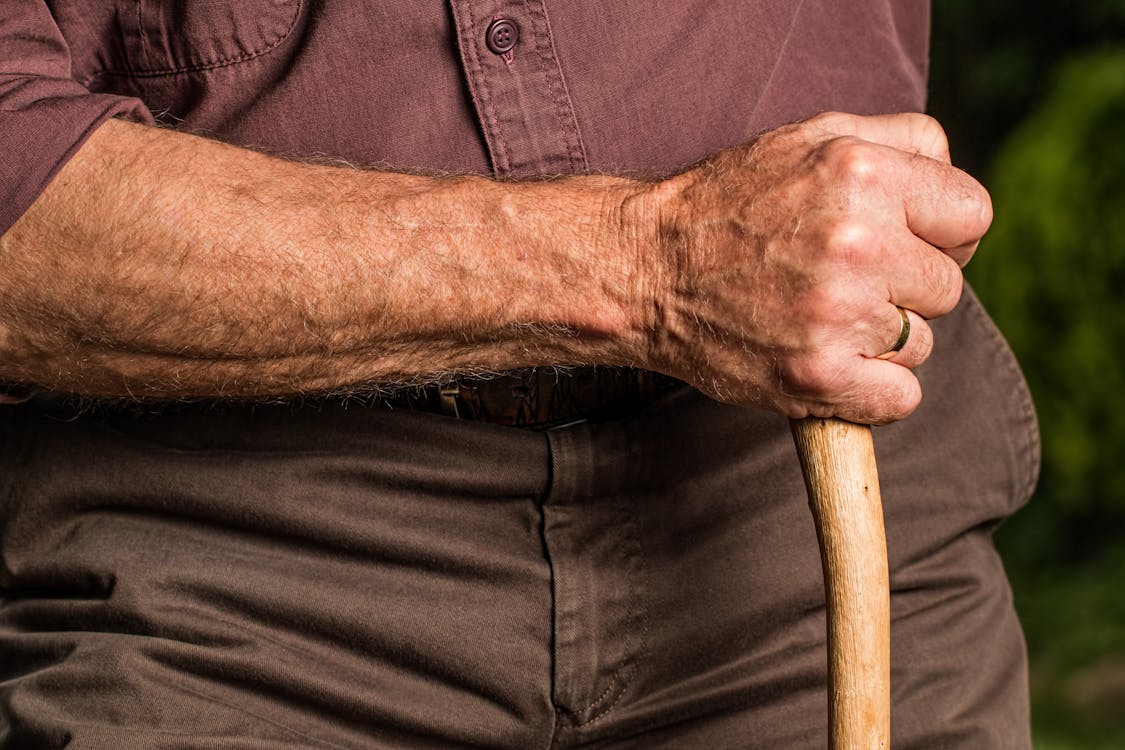Medication Management
Proper documentation and reporting
Palliative and End-of-Life Care
Specialized Care and Assistance
Caregiver Self-Care and Professional Development
Course Progress Bar
0% Complete
0/41 Steps
Course Navigation
Medication Management
Proper documentation and reporting
Palliative and End-of-Life Care
Specialized Care and Assistance
Caregiver Self-Care and Professional Development
Use of mobility aids (e.g., walkers, canes)

The use of mobility aids, such as walkers and canes, can greatly assist individuals with mobility challenges. As a caregiver, understanding how to properly utilize and support the use of these aids is essential. Here are some guidelines to help you with the use of mobility aids:
- Assess the Individual’s Needs: Evaluate the individual’s mobility level and consult with healthcare professionals, such as physical therapists or occupational therapists, to determine the most appropriate mobility aid for their specific needs.
- Fit and Adjust the Aid:
- Ensure the mobility aid is properly fitted and adjusted to the individual’s height and comfort. Follow manufacturer instructions or seek guidance from healthcare professionals for proper adjustment.
- Check that the aid is stable and secure before use. Ensure any locks or fasteners are properly engaged.
- Provide Instruction and Education:
- Educate the individual on the proper use of the mobility aid. Demonstrate and explain how to grip the handles, take steps, and maneuver the aid safely.
- Encourage the individual to practice using the aid under your supervision until they feel confident and comfortable.
- Encourage Proper Posture and Body Mechanics:
- Emphasize the importance of maintaining good posture while using the mobility aid. Remind the individual to stand tall, engage their core muscles, and avoid slouching or leaning heavily on the aid.
- Encourage the individual to take natural and comfortable strides while using the aid, allowing the aid to provide support and stability.
- Safety Considerations:
- Instruct the individual to use the mobility aid on stable and even surfaces whenever possible.
- Advise them to be cautious of obstacles or uneven terrain that may pose a risk for tripping or falling.
- Teach the individual to navigate stairs safely by using handrails or seeking assistance if needed.
- Encourage Gradual Progression:
- Support the individual in gradually increasing their confidence and independence while using the mobility aid. Gradually extend the distances they walk or the duration they use the aid over time.
- Regular Maintenance and Inspection:
- Ensure that the mobility aid is well-maintained and in good working condition. Regularly inspect for any loose parts, damage, or signs of wear. Arrange for repairs or replacements as necessary.
- Offer Emotional Support:
- Recognize that using a mobility aid can be an adjustment for the individual. Provide emotional support, encouragement, and reassurance throughout the process.
- Address any concerns or difficulties the individual may have and help them problem-solve as needed.
- Collaboration with Healthcare Professionals:
- Collaborate with healthcare professionals to monitor the individual’s progress, assess any changes in mobility needs, and adjust the mobility aid or technique as necessary.
Remember, each individual’s needs and abilities may vary, so it’s important to adapt your approach and support based on their specific circumstances. Regular communication with healthcare professionals and ongoing observation of the individual’s mobility can help ensure the appropriate and safe use of mobility aids.
